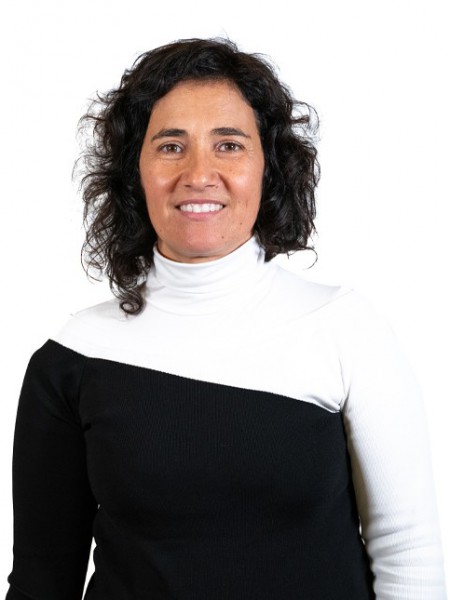abstract
Copper(II) complexes with commercial chiral bis(oxazoline) s were for the first time directly coordinated onto aminemodified mesoporous phenylene and biphenylene silicas. All final materials maintained the 2D ordered mesoporous structure. The copper metal coordinates directly to the amine groups within the walls of the materials. The materials were tested as asymmetric heterogeneous catalysts in the kinetic resolution of hydrobenzoin. They were active, selective, and enantioselective in this reaction. The material containing the (S)-(-)-2,2'-isopropylidene- bis(4-phenyl-2-oxazoline) (Me(2)PhBox) ligand, the best ligand in the homogeneous phase, presented the highest enantioselectivity of all the materials in the first cycle (73 %). The 2,2'-methylenebis[(4S)-4-phenyl-2-oxazoline] (PhBox) ligand rendered the catalyst more stable, independent of the anion or organic moiety in the periodic mesoporous organosilica material; this catalyst was reused over five cycles without any significant loss of catalytic activity or enantioselectivity. This type of ligand plays an important role in the stability of the corresponding copper(II) complex upon immobilization and in the robustness of the heterogeneous catalyst upon reuse.
keywords
ENANTIOSELECTIVE CATALYSIS; PHENYLENE-SILICA; ORGANIC GROUPS; FRAMEWORKS; LIGANDS; WALLS
subject category
Chemistry
authors
Carneiro, L; Silva, AR; Lourenco, MAO; Mayoral, A; Diaz, I; Ferreira, P
our authors
acknowledgements
This work was developed within the scope of the project CI-CECO-Aveiro Institute of Materials, POCI-01-0145-FEDER-007679 (FCT Ref. UID/CTM/50011/2013), financed by national funds through the Fundacao para a Ciencia e a Tecnologia (FCT)/Ministerio da Educacao e Ciencia (MEC) and, when appropriate, co-financed by FEDER under the PT2020 Partnership Agreement. A. R. S. and P. F. acknowledge support by the FCT (IF/01300/2012 and IF/00327/2013, respectively). M. A. O. L. is thankful to the FCT for a PhD grant (SFRH/BD/80883/2011). Research leading to these results received funding from the European Union Seventh Framework Programme under grant agreement number 312483 - ESTEEM2 (Integrated Infrastructure Initiative-I3).





